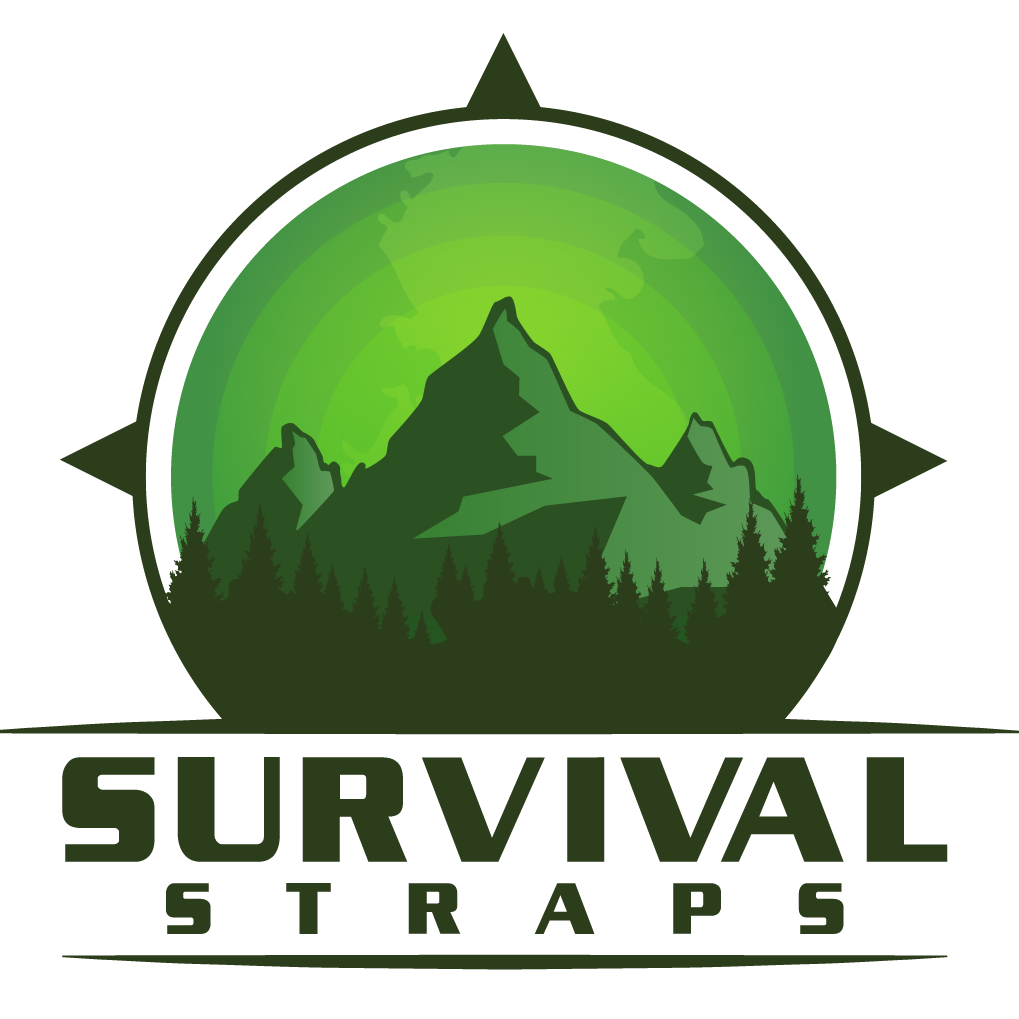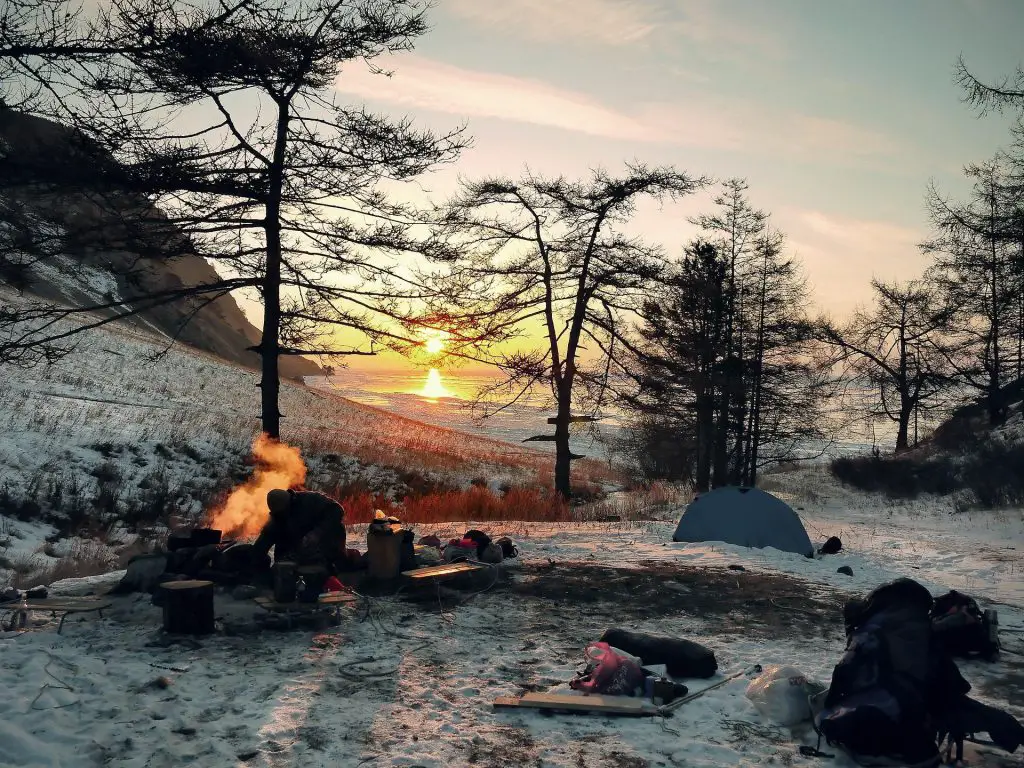If you live in an area that is prone to natural disasters or you are thinking of going into the wild for any activity, then you need to know the survival rule of threes. The survival rule of threes or the rule of threes for survival is a simple concept that explains how you should prioritize your needs in a life-threatening situation.
Let us assume that a group of friends were travelling to the cold Alaska region for a weekend camping hangout. They have packed all the food, water and jackets they would need for the trip, and they are all set to enjoy the wild.
On the way, they get attacked by a bear, and they had to abandon their car, food, water and jackets. They manage to get away from the bear, but all their supplies are now in bear territory.
How will they handle the situation? Should they immediately try to get their car and supplies back or they should head towards the nearest outpost?
The survival rule of threes will come into place here. This rule states that you can survive three minutes without air, you can survive three hours in a harsh weather condition, you can survive three days without water, and you can survive three weeks without food.
This article has been put together to explain the importance of applying the survival rule of threes in an extreme situation. Enjoy!
Survival Rule of Threes
Surviving for Three Minutes Without Breathable Air
In any situation, if you have breathable air and you are not injured, then you are not in immediate physical danger. The body needs oxygen to keep going, and that is why CPR is so easy to learn. Oxygen is continuously needed by the brain to keep functioning, and that is why we keep breathing even when we are asleep.
If you find yourself in a harsh environment, your number one priority should be breathable air; once you have that, you can think of other things.
In the story we mentioned earlier, this group of friends have escaped the bear, and they are no longer in immediate danger. The air in the region is breathable, and they can spend their energy on finding solutions to their problems.
Surviving for Three Hours in a Harsh Environment
If a human being is trapped in a burning building and the fire has not yet made close contact with the person, the person is highly unlikely to die. Research shows that most people trapped in burning buildings die from the thick smoke coming from the fire and not from the fire itself.
The thick smoke prevents people from breathing, and it also fills the lungs with harsh chemicals. This brings us back to our first rule; you can’t survive more than three minutes without breathable air. In an extremely hot or freezing environment, you cannot survive for more than three hours.
The group of friends in the story we mentioned earlier no longer have access to their jackets, heated gloves and other essential clothing. They are in an extremely cold region, and they have to get warm in three hours or else they will die.
The smart thing will be to use that time to search for a hut, cave, outpost or anywhere they can get warm temporarily. They could also try going back to get their jackets so that they can stay mobile while looking for how to get out of the place.
However, this will be ill-advised because of the bear in that area.
You may also like
| How Many Lumens in A Flashlight Are Needed in Different Survival Situations? |
| How To Set Up Emergency Toilet The Right Way |
| How to Find Water in the Wilderness: Top Guide for Survival |
Surviving for Three Days Without Drinkable Water
It will be correct if you say that water is the most dominant part of the body. The entire adult body contains about 60% water. The brain and the heart contain about 73% water, the lungs contain about 83% water, the skin contains about 64% water, the kidneys contain about 79% water, and even our bones contain about 31% water.
It is justifiable if we say water is life. If your body doesn’t get the necessary water needed, your cells will fail, and you will die of thirst. At this point, the group of friends in our story should have found a way to contact help, and they should be on their way to safety.
However, if this is not the case, then the next thing on their list should be finding how to get drinkable water. All their energy should be channelled towards finding a well or a stream that they can sufficiently drink from.
After drinking water, we all feel refreshed because our body needs it so much. After getting breathable air and taking care of the harsh environment, water should be the next thing on the list.
Surviving for Three Weeks Without Food
The good thing about survival is that you can forget about food for a while. However, this is not usually the case. Most people are quick to complain about hunger than thirst. Your body is built to store up glucose, and the energy can last you for up to 8 to 21 days. You don’t have to worry about food if you are in a life-threatening situation.
Lack of eating will not kill you. If the group of friends in our story have water, jackets and air, they can walk out of that territory and before lack of food even starts to affect their health, they would have come across help. Food is not the first thing to look out for in a survival situation; it is the last.
Check out more guides on surviving and making the most of the food available HERE.
Conclusion
If you are thinking about going into the woods or engaging in any outdoor activity, then knowing about the survival rule of threes is a good thing. Knowledge is power, and knowledge can save lives.
The survival rule of threes is meant to be applied in a life-threatening situation. If you find yourself in a difficult place, remember; Air, shelter, water and food.
These four elements will keep you alive long enough for you to get out of that troubled situation and secure a safe place.
If you have any queries feel free to reach out in the comments section below.
Check out our website for more content like this.



